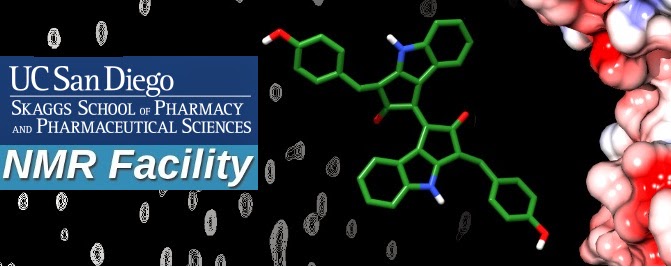Non uniform sampling (NUS) speeds NMR experiments by sampling a fraction of the data traditionally collected and predicting the rest. The data to be collected is defined by a sampling schedule and many different sampling schedules can be defined for a given level of sampling. A previous post showed that different schedules produce different results. If the best performing schedule for one compound also performs well for other compounds then that schedule could be defined as the default to give the best possible performance. To determine if this is true I compared NUS spectra obtained using the same sampling schedules on three different compounds, strychnine, ethyl benzene and cholesteryl acetate.
